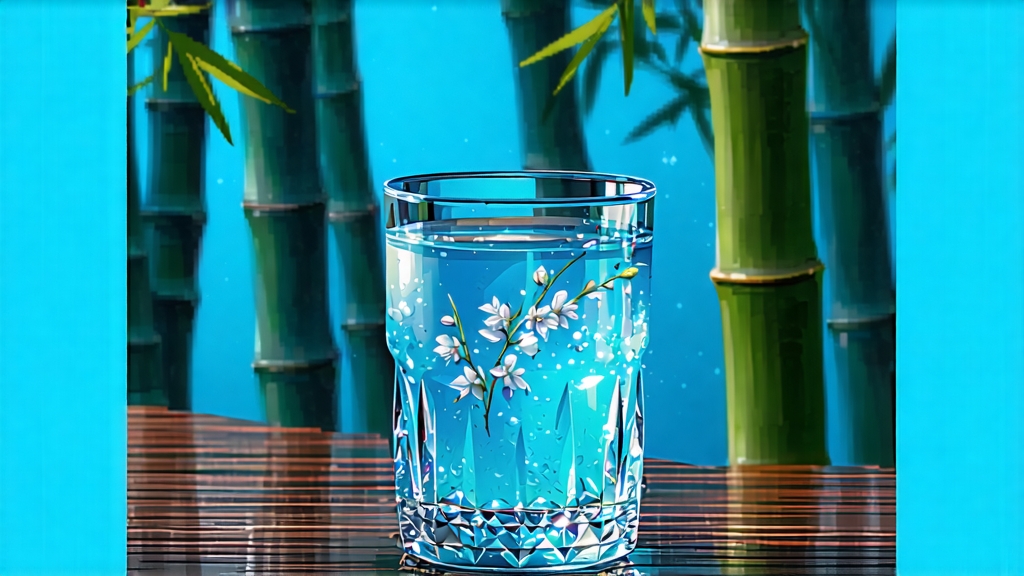
Bai Hao Yin Zhen—literally “White Hair Silver Needle”—is the most aristocratic expression of China’s white-tea family. While casual drinkers often equate “white tea” with any pale liquor, connoisseurs know that only three protected-origin counties in Fujian province—Fuding, Zhenghe and Jianyang—can birth the genuine article, and that within this micro-terroir Yin Zhen stands alone as the purest, most minimally handled leaf in all of Chinese commerce. To understand it is to witness tea before it becomes tea: a twig’s worth of March sunlight, a night of mountain breeze, and the hush of a room whose air smells faintly of rain-warmed bamboo.
History: from imperial elixir to minimalist icon
Song-dynasty court records (960-1279) already mention “white tablets” pressed as tribute, but those cakes were baked, not withered, and therefore technically green. The modern concept of white tea—pluck, wither, dry—crystalised in the 1790s when Fuding’s growers abandoned roasting in favour of long air-cure on bamboo racks. By 1857 the Da Bai (Big White) tea tree had been selected for its oversized buds, and by 1891 Silver Needle was sailing out of Fuzhou port to London, where Victorian aesthetes christened it “China’s answer to champagne.” During the 1970s planned-economy era Yin Zhen was reserved for state banquets; Deng Xiaoping famously served it to Henry Kissinger in 1974, sealing its reputation as diplomacy in a cup. Today the cultivar is protected under China’s National Geographical Indication, and every kilo can be blockchain-traced back to the exact mountain ridge where it was picked before dawn.
Terroir: why Fuding tastes like morning tide
The Taimu mountain range rises only 1,000 m, yet it punches above its weight meteorologically. Granite soils drain quickly, forcing roots to dive deep for minerals; the East China Sea lies 45 km away, so night mists roll inland, wrapping the buds in 85 % humidity that prevents enzymatic browning. Day-night temperature swings of 10 °C slow metabolism, concentrating amino acids—especially L-theanine—so the finished tea delivers a brothy sweetness that lingers like dew on the tongue. Locals insist that the same bud picked across the county line in Zhenghe will lack the “sea echo,” a subtle saline note that appears around the fifth infusion.
Plucking: one bud, no leaf, no compromise
The harvest window opens when the last plum blossom falls—usually 15–25 March—and closes as soon as the apricot trees leaf out, a span of barely ten days. Pickers work in pairs before sunrise to avoid direct sun that might “burn” the downy trichomes. A skilled woman can gather 800 g of buds per hour, yet 30,000 buds are required for one finished jin (500 g), explaining why top-grade Yin Zhen retails for more than silver bullion by weight. The pluck standard is merciless: bud must be 2.5–3 cm, unopened, pearl-white, and carrying the morning’s dew but no rainwater, which would invite off-flavours during withering.
Craft: doing almost nothing, perfectly
White tea’s minimalism is deceptive; the fewer the steps, the less margin for error. Once back at the shed, buds are spread one layer thick on water-reed screens stacked inside a sun-room whose bamboo blinds are adjusted every twenty minutes. For the first six hours the goal is gentle desiccation; ambient temperature is held below 28 °C by opening or closing clerestories that face the mountain gorge. Around 2 p.m. the buds are moved to an interior loft where they rest in darkness for 36–48 h, losing moisture in slow motion while endogenous enzymes convert lipids into floral volatiles—linalool, geraniol, jasmine lactone—without any oxidation of the leaf matrix. The final drying uses a charcoal brazier set to 40 °C, just hot enough to drop residual water to 5 % yet cool enough to preserve the silver down that gives the tea its name. Total processing time: 60–72 h, during which the handler never touches a bud with bare fingers; bamboo tweezers are employed to prevent enzymatic